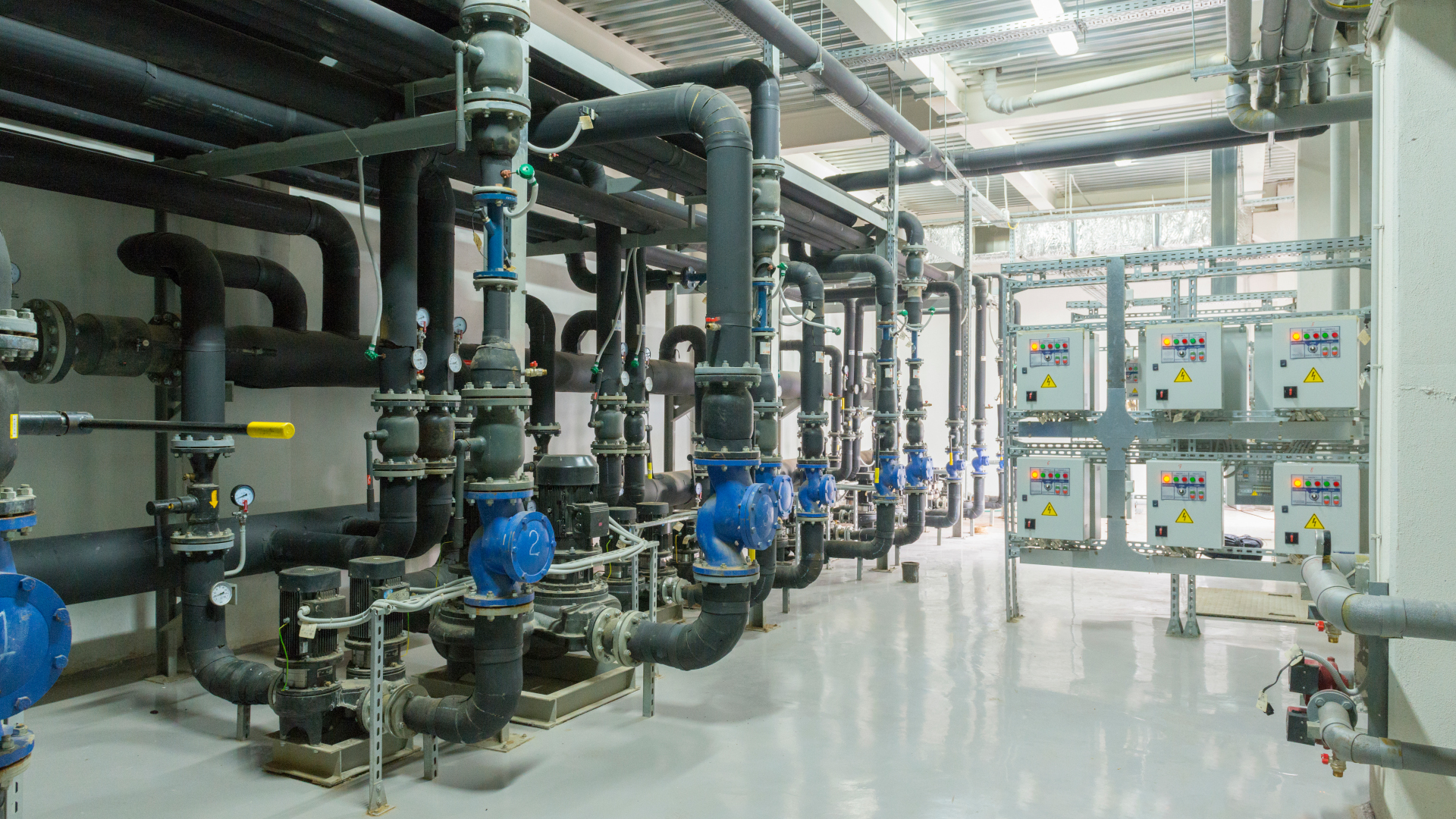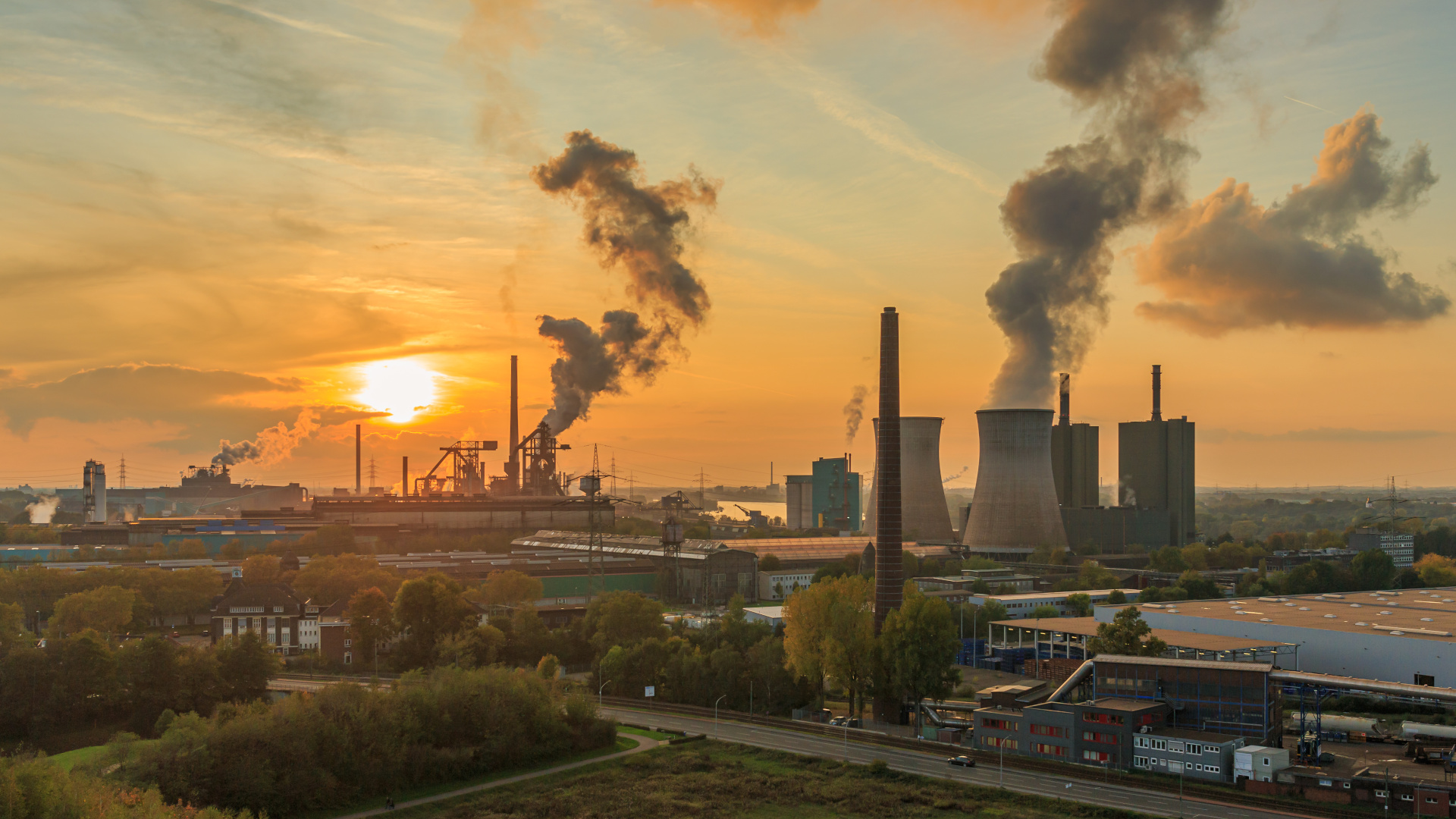The recent fire at North Hyde substation in Hayes, West London, on the eventing of 20th March 2025 lead to the closure of Europe’s busiest airport for most of Friday 21st March 2025.
This has been a very interesting event to follow as electricity grid professionals around the country and world wonder what sequence of events lead to this incident. I am John Dickson, Head of The Grid Scale Technologies Group here at Decerna and I would like to provide my view on the incident below.
Fires do not frequently occur at substations but cannot be entirely prevented from happening. It is an exceptionally rare occurrence. In the event of such an incident occurring, damage to equipment may mean that any user downstream will lose their supply.
Power at an airport is critical for operating safety equipment, for flight operation and the safety and security of both staff and the public, both in and around the airport terminals. A site of critical infrastructure should have an electricity supply that is designed to minimise the extent of disruption to the site in the event of loss of supply. Such measures to be incorporated to achieve this include:
- Uninterruptible Power Supply (UPS).
- Stand by generation.
- A switched alternative supply.
- A firm supply.
Deciding between a switched alternative supply or a firm supply depends on the nature of the site, along with how important a national infrastructure asset it is. A switched alternative supply needs some form of human intervention in the event of an outage on the circuit providing the supply – physically travelling to the site to operate circuit breakers and feeder switches manually, or operation by telecontrol from the network operator’s control room. A firm supply provides a range of solutions, from an automatic switch over from the failed supply to the healthy alternative (short duration of supply interruption), to no loss of supply at all in the event of an outage. The latter being the most complex and costly form of supply security so will only be viable for sites of the highest national importance, where supply interruption cannot be tolerated.
Due to Heathrow Airport’s status as the busiest airport in Europe, along with being a site of such national strategic importance, it indeed does have multiple sources of supply from National Grid and the means to reroute power around the site, providing it is safe to do so.
It is therefore very unusual for one incident to cause the entire shut down of a site like Heathrow Airport. This extreme event is likely to have resulted from a sequence of events and a series of faults that have combined to result in this outcome. The events and outcome of this will all need to be subject of a detailed forensic investigation. The investigation will look at the history of the substation plant, from original manufacturing data, testing and inspection records and maintenance data. System control and operation records will need to be analysed in detail to determine why this became such a catastrophic event. Did protection relays respond as they should? Did tripping signals transmit properly and did protective devices (e.g. circuit breakers) operate as intended?
Interestingly, claims that Heathrow’s stand by diesel generators had been removed as part of Net Zero, have been proven to be false. They are still installed. Whether or not they operated as they should, will form part of this investigation.
Initial reports suggest that the fire was due to an electrical fault within the transformer. This type of fault will have caused electrical arcing that has ignited the insulating oil. The initial fire will have caused rapid heating of the insulating oil, leading to the burning and unburnt oil escaping the transformer tank violently, creating an intense fire that would be very challenging to control and extinguish. The intensity will have caused significant damage to the transformer, leaving little physical evidence to examine. The investigation will focus on transformer maintenance and testing history as its foundation. Oil test results, taken as part of regular routine maintenance, will be analysed to see if the results provided any indication that a fault was developing in the transformer, or if age-related deterioration may have meant that the transformer oil was progressively failing to provide adequate electrical insulation between transformer core windings and the transformer tank.
This incident highlights the importance of selecting the appropriate supply security for a site, along with regular testing and maintenance of all components providing supply to such a site, along with retaining all records of this testing and maintenance.
Please follow our LinkedIn page Decerna: Posts | LinkedIn and our website Decerna – Delivering, unlocking & advancing the low-carbon economy to see the services Decerna can offer and projects we have delivered.





